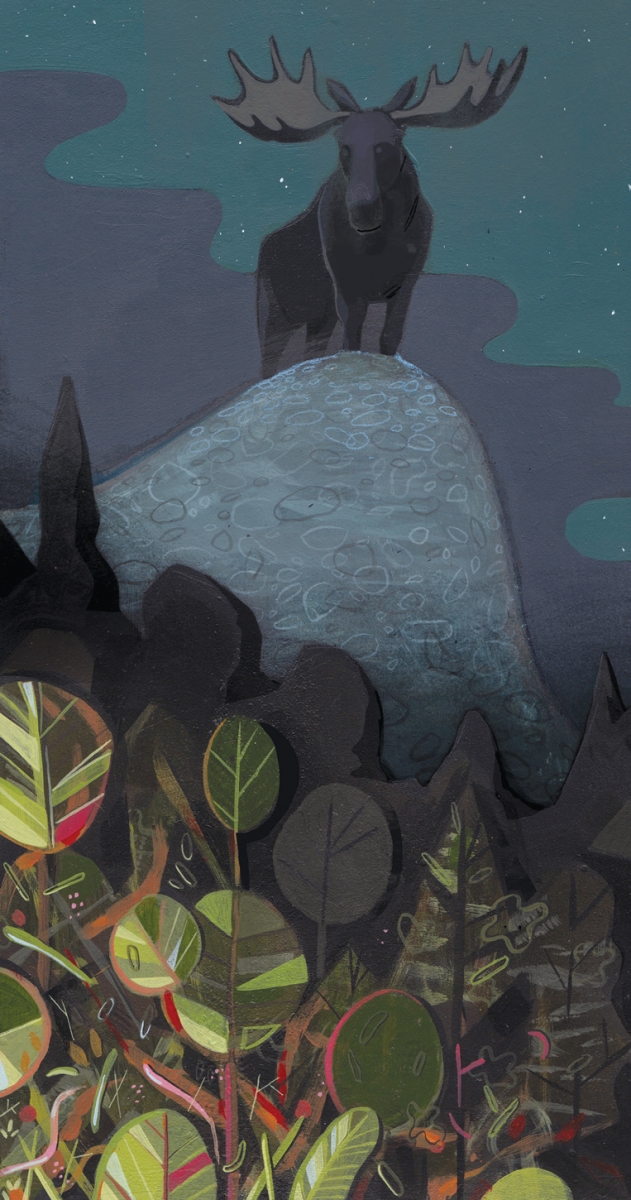The conservation society envisions an accessible valley park left mostly untouched, home to trails for walking and biking. While adding infrastructure to the pristine area may seem counterintuitive, the society sees value in making the area more accessible. After all, it’s hard to appreciate a natural area, and be motivated to protect it, if you can’t even get there.
Over the years, Madsen has toured various people throughout the site, and watched as they slowed down, absorbing the natural beauty and taking in the incredible views, feeling something they didn’t feel before.
“I think we don’t always recognize what nature does for us. We connect with it. It means something to us. It’s important to us,” he says.
With better accessibility, more people could feel that powerful and special connection.
Everyone involved lists different reasons for why such a space is important, ranging from environmental factors to opportunities for recreation. For Madsen, relationships are key – both between the health of the river and the health of the land surrounding it, and between Edmontonians and nature. NSRVCS vice-president Dianne Assaly says having a space within the city to get outside, on a bike or in running shoes, is vital.
Keren Tang, a member of the society’s board with a background in public health, values the area for its potential impact on people’s health and well-being. “If we want to encourage people to be physically active, we need an environment that’s conducive. If we want people to go enjoy the outdoors more, we need more greenspace, even within an urban setting,” she says.
After years of fighting against something, Madsen and other society members are happy to be shifting their focus to fighting for something: a park for all to enjoy. Madsen is imagining what the Big Island-Woodbend Natural Area could look and feel like, and how it will add to Edmonton’s River Valley identity. “We want future generations to say, ‘Wow, this group had a great idea. It made a difference in the area.'”
